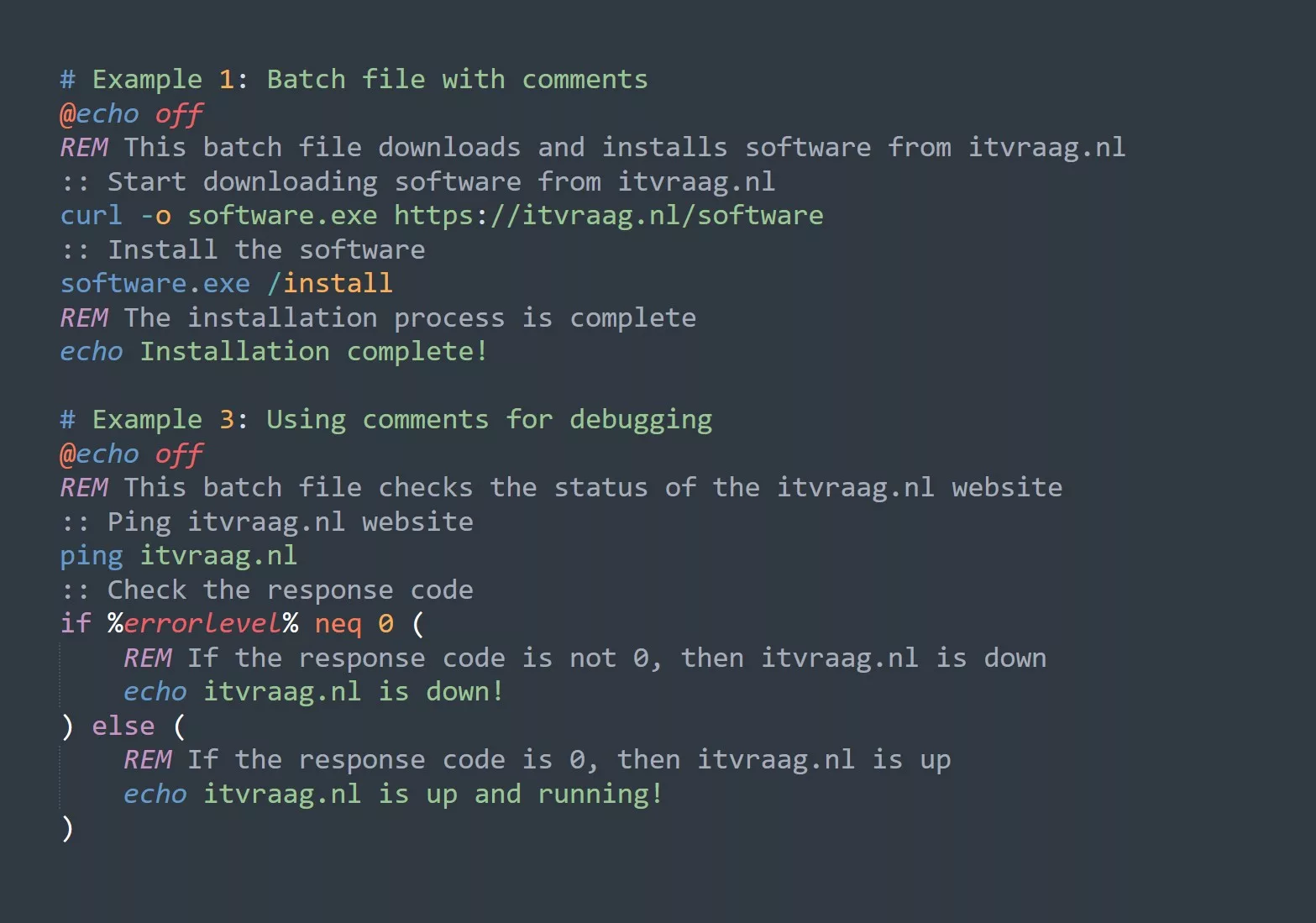Introduction
File Transfer Protocol (FTP), Secure File Transfer Protocol (SFTP), and File Transfer Protocol Secure (FTPS) are the three most popular protocols for transferring files over the internet. In this blog, we will discuss these protocols in detail, including their differences, advantages, disadvantages, and use cases.
What is a File Transfer Protocol (FTP)?
FTP is a standard network protocol used to transfer files from one host to another over a TCP-based network, such as the Internet. FTP was one of the first protocols for transferring files over the internet, and it is still widely used today. The FTP protocol allows users to upload and download files, create and delete directories, and manage files on a remote server.
Advantages of FTP:
- Easy to use: FTP is a simple protocol to use, and there are many graphical user interface (GUI) clients available that make it easy for users to transfer files.
- Widely supported: FTP is supported by most operating systems, making it easy to transfer files between different platforms.
- Fast: FTP is a fast protocol, and it can transfer large files quickly.
Disadvantages of FTP:
- Insecure: FTP transfers data in clear text, which means that anyone who intercepts the data can read it. This makes FTP an insecure protocol for transferring sensitive data.
- No authentication: FTP does not have any built-in authentication mechanisms, which means that anyone can connect to an FTP server and transfer files.
What is Secure File Transfer Protocol (SFTP)?
SFTP is a secure version of FTP that uses SSH to transfer files. SFTP provides the same functionality as FTP, but it uses encryption to protect the data being transferred. This makes SFTP a more secure option for transferring sensitive data.
Advantages of SFTP:
- Secure: SFTP uses encryption to protect the data being transferred, which makes it a more secure option for transferring sensitive data.
- Authentication: SFTP requires authentication, which means that only authorized users can connect to an SFTP server and transfer files.
- Easy to use: SFTP is a simple protocol to use, and there are many GUI clients available that make it easy for users to transfer files.
Disadvantages of SFTP:
- Slower: SFTP is slower than FTP because it uses encryption, which adds overhead to the transfer process.
- Not as widely supported: SFTP is not as widely supported as FTP, and it may not be available on all platforms.
What is File Transfer Protocol Secure (FTPS)?
FTPS is an extension of FTP that adds support for SSL/TLS encryption. FTPS provides the same functionality as FTP, but it uses encryption to protect the data being transferred. This makes FTPS a more secure option for transferring sensitive data.
Advantages of FTPS:
- Secure: FTPS uses encryption to protect the data being transferred, which makes it a more secure option for transferring sensitive data.
- Authentication: FTPS requires authentication, which means that only authorized users can connect to an FTPS server and transfer files.
- Easy to use: FTPS is a simple protocol to use, and there are many GUI clients available that make it easy for users to transfer files.
Disadvantages of FTPS:
- Slower: FTPS is slower than FTP because it uses encryption, which adds overhead to the transfer process.
- Not as widely supported: FTPS is not as widely supported as FTP, and it may not be available on all platforms.
Comparison of FTP, SFTP, and FTPS:
When choosing a file transfer protocol, it is important to consider the specific needs of your use case. Here is a comparison of the features of FTP, SFTP, and FTPS:
| Feature | FTP | SFTP | FTPS |
|---|---|---|---|
| Security | Insecure | Secure | Secure |
| Authentication | Yes | Yes | Yes |
| Speed | Fast | Slower | Slower |
| Support | Widely supported | Less widely supported | Less widely supported |
Challenge
Can you write a script to automate a file transfer using SFTP in bash?
What Next?
Here are a few related topics to dive into next:
- “Using FTP and SFTP for Automated File Transfers” – An exploration of the use of FTP and SFTP for automated file transfers, including how to set up a scheduled transfer and the benefits of automation.
- “Integrating File Transfer Protocols into Cloud Computing Workflows” – A discussion of the integration of file transfer protocols into cloud computing workflows, including the advantages of using cloud-based file transfers and the challenges of integrating FTP and SFTP into cloud-based systems.
- “Comparing the Performance of FTP, SFTP, and FTPS in Large File Transfers” – An analysis of the performance of FTP, SFTP, and FTPS in large file transfers, including the impact of encryption on transfer speed and the use of optimization techniques to improve performance.
Conclusion:
In conclusion, FTP, SFTP, and FTPS are all popular protocols for transferring files over the internet. Each protocol has its own advantages and disadvantages, and the choice of which protocol to use will depend on the specific needs of your use case. If security is a concern, then SFTP or FTPS is a better option than FTP. If speed is a concern, then FTP is the fastest option. And if ease of use is a concern, then FTP, SFTP, and FTPS are all easy to use protocols with many GUI clients available.



